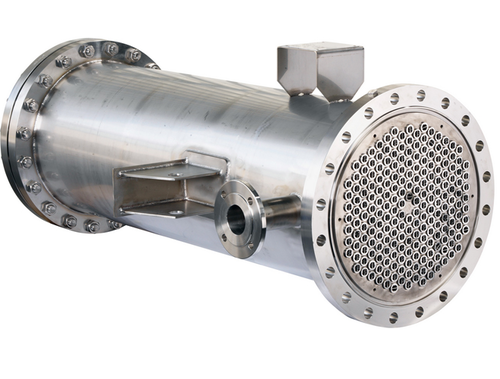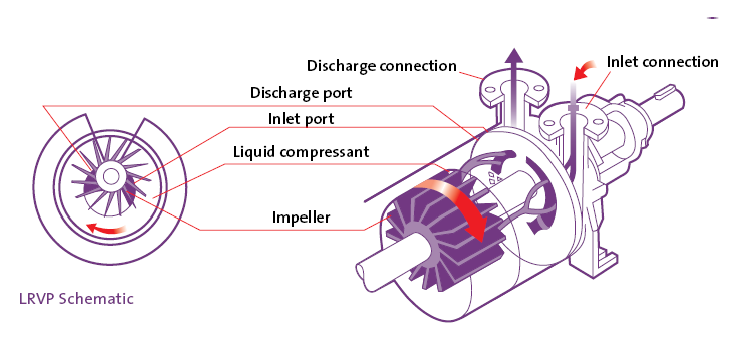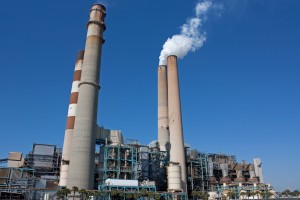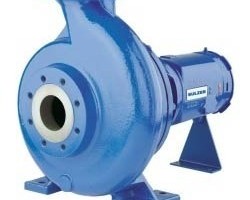Heat transfer equipment is found to be useful in a wide range of industries. They can be broadly defined as equipment used for transfer of heat from a hot medium to cold medium. Heat exchanger design and structure of heat transfer equipment varies a lot depending on the application where they are used and the heat transfer media involved.
Efficiency of heat transfer equipment
Some fundamental parameters governing the efficiency of heat transfer.
1. Temperature difference - High temperature difference between the involved media ensures efficient heat transfer by increasing the heat flux.
2. Nature of fluid - Fluid properties such as viscosity, conductivity, density play critical role in heat exchanger efficiency and determination of heat transfer coefficient.
3. Type of flow - Usually, the media involved in heat transfer are in continuous flow. These flows can either be parallel to each other (co-current flow), in opposite directions to each other (counter-current flow) or approximately perpendicular to each other (cross flow). The temperature difference between the two media varies with location along the length of the flow. Counter current flows offer the best efficiency by ensuring high overall temperature difference (measured by LMTD).
4. Surface area - High surface area available for transfer of heat energy means more efficient transfer of heat energy for the same heat flux. Enhancement in the heat transfer area can be achieved by using fins on the heat transfer surface.
5. Turbulence - High turbulence means easier heat transfer through convection in a fluid. As heat transfer convection is more efficient way of heat transfer than conduction, turbulence can be used to enhance the heat transfer efficiency.
Different types of heat exchangers
Different types of heat transfer equipment or heat exchangers are widely used in the process industry. Selection of a specific exchanger type depends on several factors -
- Primary objective - for example, heating down or cooling down a particular 'process fluid'
- Available utilities - for example, air, cold water, steam, hot water, electricity, fuel etc.
- Type of hot and cold fluids - Are they liquid or gaseous? What is the operating pressure for both of them?
- Available space, for compact and concealed spaces special compact heat exchangers may be needed
- Flow rates of both hot and cold steams
- Required heat transfer rate
- Chemical composition of how and cold fluid - to design for possible corrosion
Commercial factors in design of heat transfer equipment
There are some other factors as well, which are not related to heat transfer but still govern the design of heat exchangers.
1. Capital costs - Large heat exchangers can perform heat transfer for even very small temperature differences, but they come at a higher cost.
2. Operating costs - In shell and tube exchangers, small diameter tubes can be used to increase the surface area available for heat transfer. But, small diameter also means higher pressure drop across the tubes leading to higher operating costs.
3. Materials - Depending on the type of fluid and its corrosiveness, a suitable material has to be chosen for construction of a heat exchanger, even if does not assure maximum heat transfer. Moreover, in a shell & tube heat exchanger, you can have different materials for the shell and tube sides. Generally, it is a good practice to put corrosive fluid on tube side, so you can have tubes with better corrosion resistant material.
4. Fluid phase - Different types of exchangers are used for different phases of fluid and even phase changes e.g. condensers, boilers, air cooled exchangers etc.
More examples of heat transfer equipment
- HVAC systems - Heating, Ventilation and Air Conditioning systems are responsible for the heating and cooling (via air conditioning) of indoor air, to maintain a comfortable indoor temperature. Thus HVAC systems are built with different kinds of heat transfer equipment. Ventilation is the other important element of HVAC.





